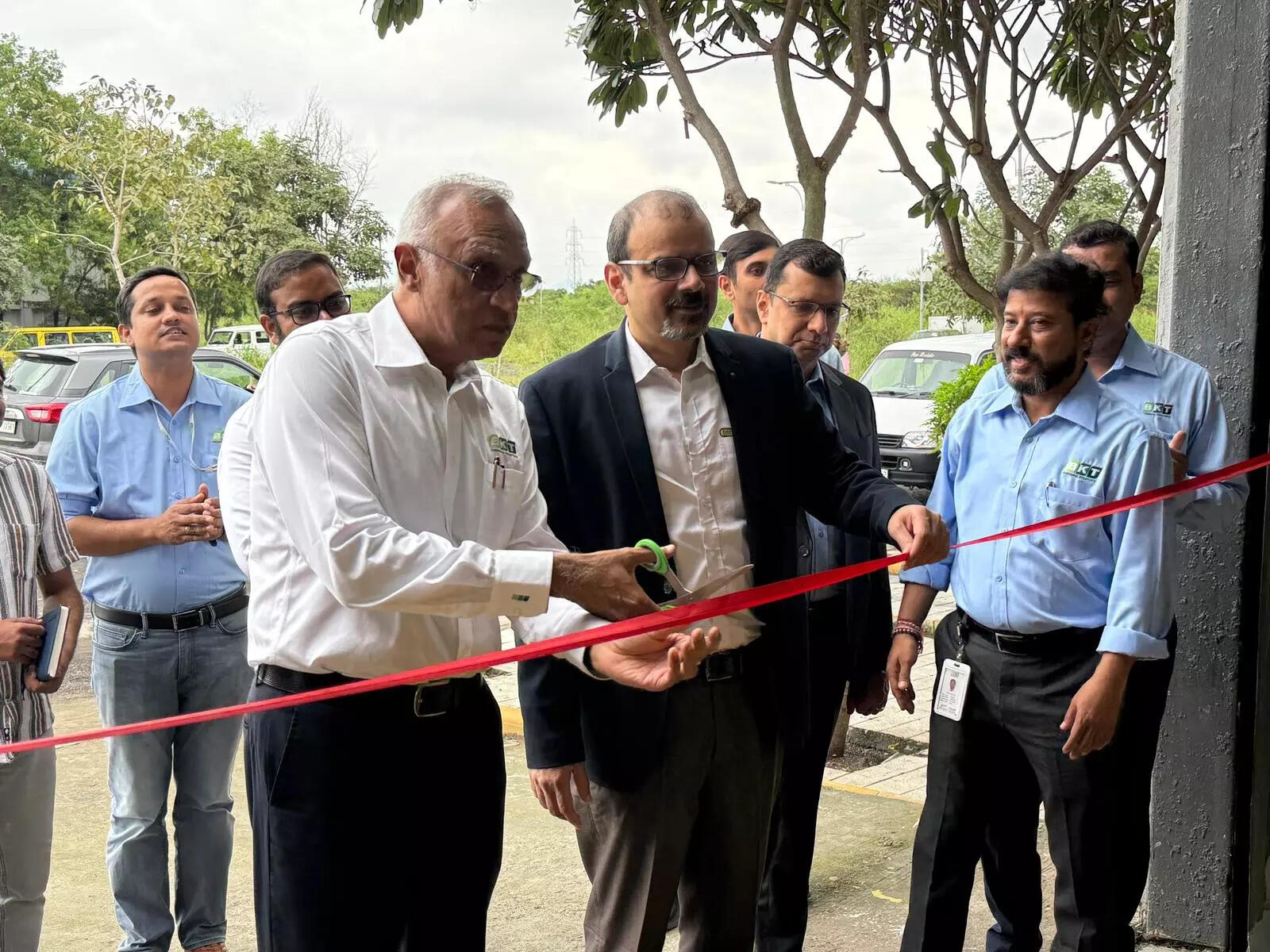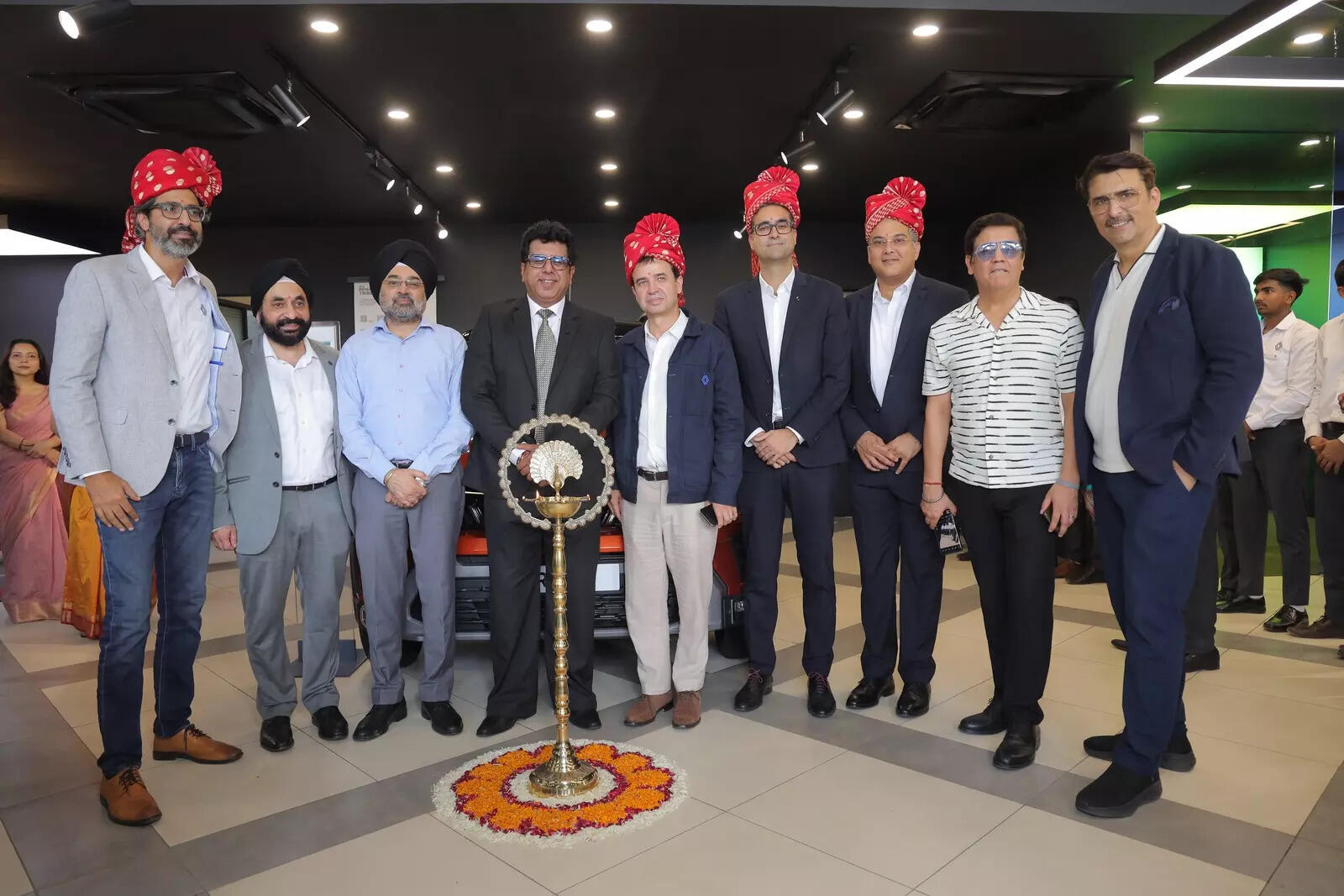Heart disease is no longer a disease limited to people in their late 50s, 60s or 70s. In India, over 25% of total heart attacks currently happen in individuals younger than 40 years, and research indicates that 15–20% of sudden cardiac arrests in the country occur among those who are below 50 years. Even more alarming is the increasing rate of “silent” heart attacks incidents during which people experience cardiac injury without the typical warning symptoms such as intense chest pain. A study indicates that as many as 45% of heart attacks are silent globally and, in India, this factor is boosted due to very high stress, physical inactivity, and genetic susceptibility.
Why are heart attacks on the rise among the young?
Unlike the theatrics of chest-clutching as popularized in movies, occult heart attacks can appear quietly as weakness, indigestion, slight breathlessness, or even pain in the shoulder, and quite commonly mistaken for trivial health woes. For young Indians balancing long working hours, irregular sleep patterns, processed foods, and piling stress levels, these signs are quick to be ignored. Dr Mukesh Goel, Senior Consultant, Cardiothoracic and Cardiovascular Surgery, Heart and Lung Transplant Surgery, Indraprastha Apollo Hospitalsshares a number of reasons are behind this increase:1. Lifestyle modifications – Today’s India is facing an epidemic of diabetes and obesity, both being the major risk factors for heart disease. As per a study77 million Indians have diabetes, and estimates indicate that this figure could exceed 134 million by the year 2045.2. Stress and mental wellbeing: Research indicate that over 75% of working professionals in India suffer from high stress levels. Chronic stress increases blood pressure and cholesterol, silently burdening the heart.3. Genetic susceptibility – Indians and other South Asians are genetically more susceptible to developing early heart disease. They are almost three to four times more at risk of suffering from heart attacks before the age of 50 compared to Western populations.4. Late diagnosis – Young people are not as likely to have regular health check-ups. As a result, hypertension, diabetes, and cholesterol may remain undiagnosed until they have caused extensive harm.

Recognizing Quiet Heart Attack Symptoms
The silent warning signals to look out for
Subclinical heart attacks can masquerade as everyday ailments, which makes them all the more risky. Some of the typically neglected symptoms are unexplained weakness or tiredness. pain in the jaw, back, or stomach, shortness of breath without any effort, nausea or dizziness, mild burning or pressure in the chest attributed to acidity. Since these signs are subtle, they tend to delay medical attention, and the patient runs the risk of permanent heart damage or sudden cardiac arrest.Impact on familiesDeath or disability of young adults from silent heart attacks has far-reaching consequences. Primary breadwinners in families are lost, and workplaces suffer from reduced productivity. Economically speaking, India may experience a tremendous health burden, and a report estimates a loss of $2.17 trillion from 2012 to 2030 due to non-communicable diseases with cardiovascular disease being one of the major contributors.
Prevention: The need of the hour
The rising number of silent heart attacks puts in bold relief the imperative for systemic and individual prevention.
- Regular screening: Periodic health check-ups, after 25 years, can detect silent risk factors in early stages. Routine screening of blood pressure, cholesterol, and blood sugar should become obligatory.
- Workplace wellness: Companies must take employees’ well-being seriously by encouraging physical activity breaks, stress management programmes, and better canteen food options.
- Changes in lifestyle: A healthy diet rich in fruits, vegetables, and whole grains, and 30–45 minutes of regular physical activity lowers the risk of heart disease significantly.
- Information campaigns: Public health should focus on raising awareness among Indian youth about the early signs and the importance of seeking early medical attention.
The good news is heart disease is highly preventable. With increased awareness, regular screening, and active lifestyle options, young Indians can protect their hearts and their futures. Acknowledging that a heart attack does not necessarily present itself with agonizing chest pain, but instead sneaks up in the form of fatigue, breathlessness, or indigestion, may be the initial step in reversing the trend.












































![[Hindi] BMSD 2025 | Quarter Finals | Day 4 [Hindi] BMSD 2025 | Quarter Finals | Day 4](https://i.ytimg.com/vi/j_0RVBbgjEE/maxresdefault.jpg)